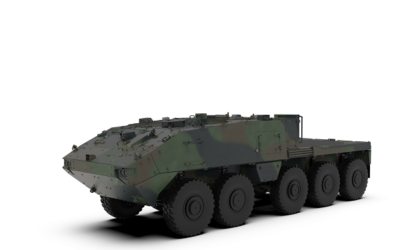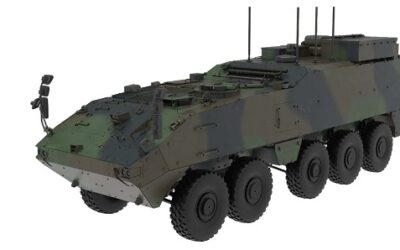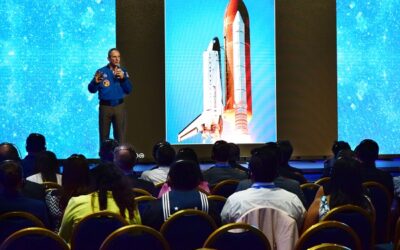Advanced Alignment Services Enhance Power and Reduce Waste
Situation
According to a recent Whitepaper from Wärtsilä Defence, while operational efficiency of ship operations remains a priority, maintenance of overlooked areas such as tail shaft alignment significantly reduces performance at sea. The resulting increased vibrations and unnecessary frictional losses from tail shaft misalignment wastes energy, diminishes thrust and effects the overall efficiency and physical state of the vessel. Misalignment damages shaft line equipment, resulting in expensive repairs that take a naval vessel out of service for considerable time.
Evaluation
Correct alignment of the tail shaft is integral to achieving full efficiency. Wärtsilä compared traditional methods of checking tail shaft alignment with its own customer experiences to create a state-of-the-art Portable Condition Based Monitoring (PCBM) system. PCBM’s approach dynamically monitors of a vessel’s equipment in real time. Assessing PCBM Wärtsilä witnessed an increased positive effect that modern has on overall operational efficiency – which is critical to lowering operating costs.
Challenges
Today’s vessel designs increasingly utilise shorter shaft lines with the engines located further aft, so hulls accommodate more personnel and cargo. This increased weight and shortened shaft line means a vessel needs more efficient, heavier propellers, which means shorter shaft lines have a greater tendency to bend. Such misalignment causes serious damage to the entirety of the shaft line equipment.
Numerous other factors influence shaft alignment and cause damage: the way cargo is loaded; ballasting arrangements; changes in speed and rotations per minute (rpm); engine de-rating; shallow water running; the fitting of a new optimised propeller; switching to EAL lubricating oil; or hull deflections – which affects the bearings supporting the propulsion shafting. Even ships running at slower speeds to save fuel create a higher friction coefficient on the wearing parts, causing a greater fault probability.
The conventional static method of checking alignment can be time-consuming and costly as it interrupts a ship’s sailing schedule, and not very reliable in delivering accurate assessments. Moreover, any checks can come too late.
Solution
Wärtsilä’s PCBM approach overcomes the shortcomings of a traditional static system’s inadequate measuring tools and practices with a dynamic approach to measuring tail shaft alignment. The PCBM’s technology delivers real-time, detailed root cause information on vibration levels, temperatures, shaft runout, whirling, movement, torque, stress and on the position of the equipment at any speed.
PCBM as a system comprehensively measuring all parameters, ensuring reported conclusions are substantiated facts derived from the entire shaft line assembly. All measurements are stored in the system’s data logger for extraction at any time.
A single service engineer can perform the installation of the equipment and the data logging happens while the ship is operating normally – not requiring and operational downtime as with conventional practices. The PCBM installation occurs when the ship is in port. Data collection takes place for analysis at the next port-of-call using class-approved measurement methods. Senior technical specialists in accordance with classification society requirements make the analysis, and the reporting procedure provides a record of the measurements along with a proposal for the corrective actions.
Whereas a traditional static alignment check would take much longer – and might have a misdiagnosis of the problem – than with the Wärtsilä PCBM solution. By measuring the tail shaft system under actual operating conditions, the Wärtsilä PCBM quickly identifies reasons for seal leaks, enabling repairs to take place before serious damage happens. Often a re-aligned shaft and replaced stern tube lip seals fixes the problem before the misalignment causes greater problems, and the vessel is back to full efficiency.
Conclusion
Full propulsion efficiency is essential for ships to achieve optimal operational costs, provide reliability and ensure safety on-board. This is not attainable if there is misalignment of the shaft line equipment. Modern ship design, emphasising shorter shaft lines and often heavier, more efficient, propellers increases the challenge to maintain full alignment.
Wärtsilä’s easily installed PCBM system dynamically detects faulty alignment, provides highly accurate data on the full assembly, and determines precisely the working condition of the equipment, carrying out measurements whilst the ship is operating normally.
Source: Wärtsilä
























